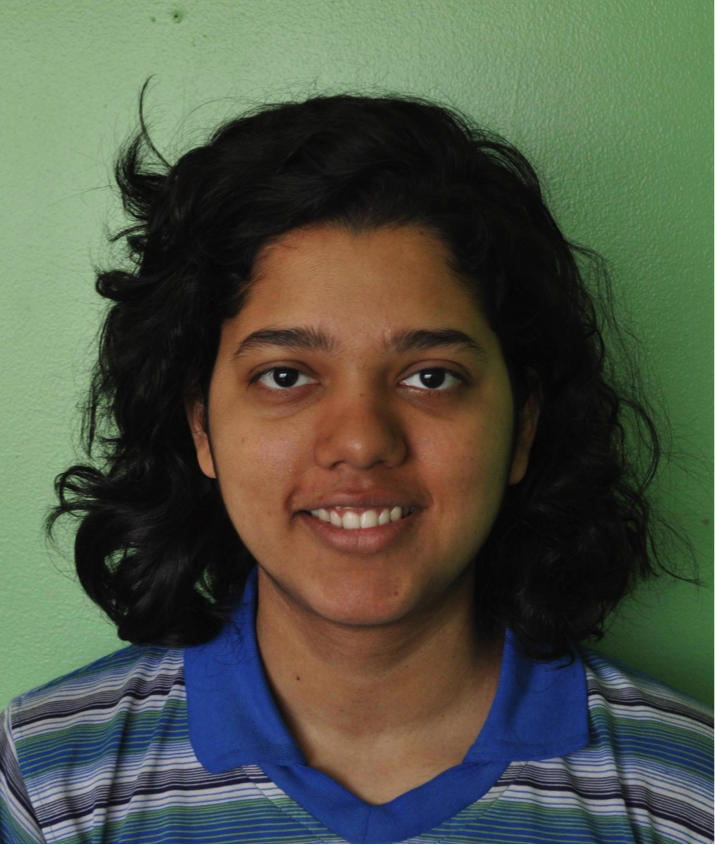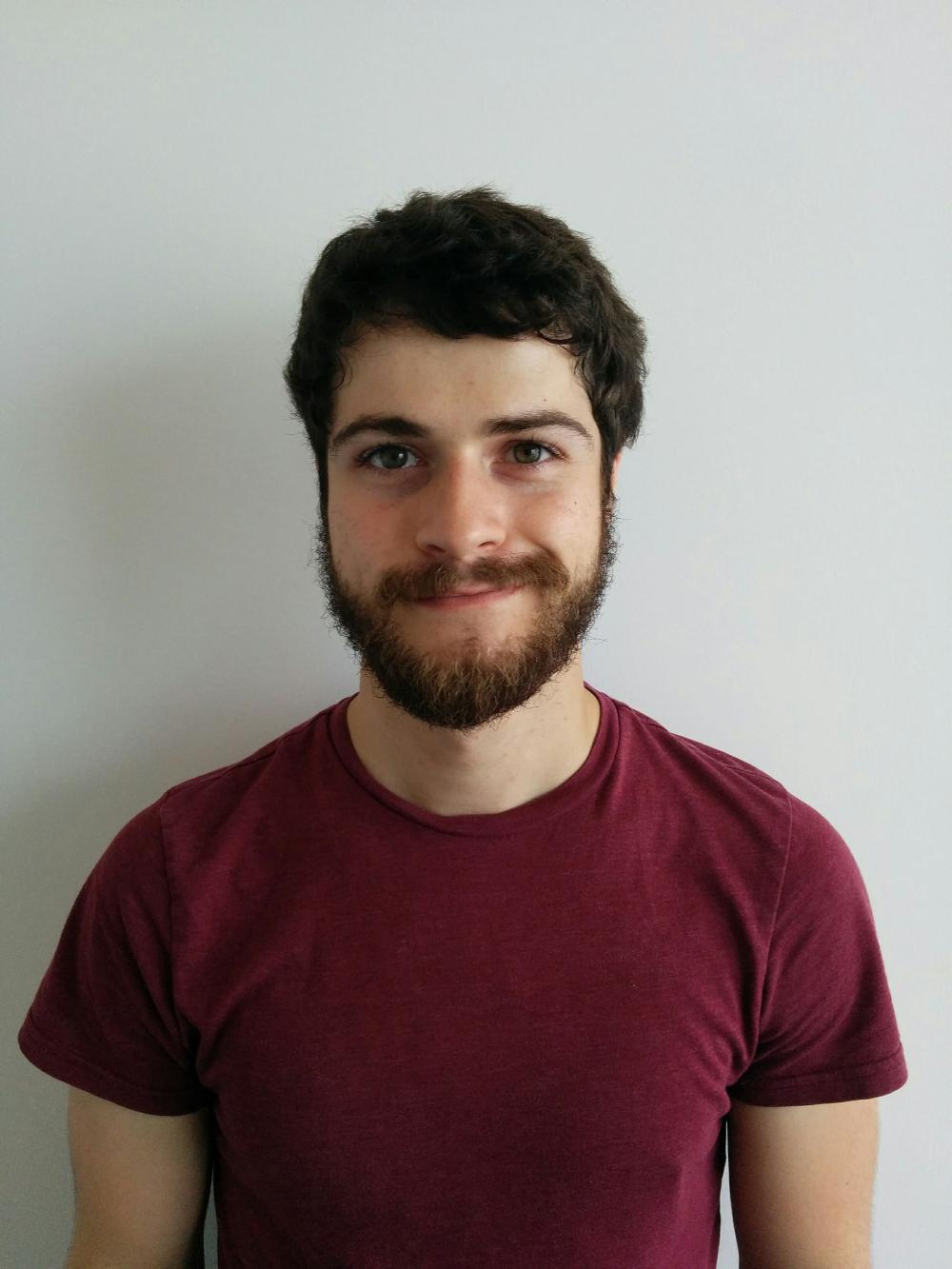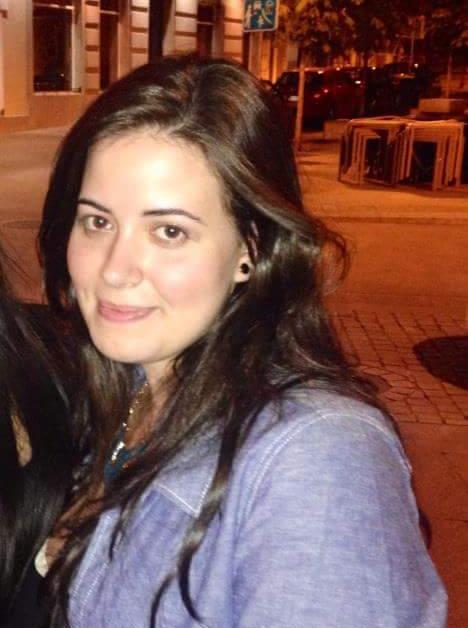Emerging MiNDS: Hey MiNDS Students!
AUTHOR: Steven Mancini

SIYI MA
Who is your supervisor?
Dr. Deda Gillespie
What is your research question?
I am investigating whether immature inhibitory (GABA/glycine) neurons in the auditory brainstem release both inhibitory and excitatory (glutamate) neurotransmitters from either the same or different vesicle populations.
What are the main methodologies/techniques that you use to address this research question?
I collect brain sections of rat pups using a microtome, co-immunostain for the vesicular transporters of GABA/glycine and glutamate, micro-dissect the region of interest, embed in resin, and re-section using an ultramicrotome. Because of the resolution limit of light microscopy, I use super-resolution microscopy (e.g., STORM and SRRF) to resolve single vesicles.
What are the most important potential implications of your research?
How proteins are trafficked into different vesicle populations and maintained on those vesicles is an important question. Also, understanding how glutamate is being released at this synapse may help us learn more about the role of glutamate in the refinement of inhibitory inputs.
How can students get in touch with you if they have more questions?
My email is mas39@mcmaster.ca.

MONICA AKULA
Who is your supervisor?
Dr. Judith West-Mays
What is your research question?
What is the role of AP-2β transcription factor on the development of structures responsible for aqueous humour production and outflow that are implicated in glaucoma?
What are the main methodologies/techniques that you use to address this research question?
I use an AP-2β neural crest cell knockout mouse model, which is based on the Cre-LoxP system of conditionally knocking out a gene from particular tissue types. Ocular tissue from these mice is then embedded in paraffin, and the sections are used for immunohistochemistry and histological staining like H&E. I also use transmission electron microscopy to visualize eye tissue.
How can students get in touch with you if they have more questions?
You can get in touch with me through my akulam@mcmaster.ca.

Who is your supervisor?
Dr. John Bienenstock.
What is your research question?
It’s still under development, but currently is: “how do isolated membrane vesicles (MVs) from a psychoactive bacterium influence the functioning of the nervous and immune systems in mice?”
What are the main methodologies/techniques that you use to address this research question?
I plan to use gradient ultracentrifugation and nanoparticle tracking analysis to isolate and characterize MVs from bacterial cultures; ion flux assays and fluorescence-activated cell sorting to measure the influence of these MVs on host channels of interest; and in vivo and ex-vivo tracking of labelled MVs in host tissues to determine their fate in the body; among others.
What are the most important potential implications of your research?
The microbiota-gut-brain axis is really hip these days, but we know very little about how it works. This research will help determine the importance of MVs in the axis, and whether they are involved in any psychoactive properties of probiotics or commensals.
How can students get in touch with you if they have more questions?
Send me an email at champk1@mcmaster.ca!

MELISSA FURTARDO
Who are your supervisors?
Dr. Benicio Frey and Dr. Ryan Van Lieshout
What is your research question?
For my thesis, I am examining the psychosocial and biological risk factors for perinatal anxiety. More specifically, we are examining various sociodemographic characteristics (e.g., marital status, SES), psychological domains (e.g., perfectionism, intolerance of uncertainty, depression), and biological factors (e.g., oxytocin exposure, CRP, IL-6, and TNF-alpha).
What are the main methodologies/techniques that you use to address this research question?
Women with and without pre-existing anxiety disorders are assessed at five time points in this study: at their third trimester of pregnancy, then again at 2, 6, 12, and 24 weeks postpartum. Each of these visits consists of a battery of self-report questionnaires assessing our various domains, as well as our primary outcome questionnaire, the Hamilton Anxiety Rating Scale. I also collect participants’ blood at the first three visits of this study to assess serum levels of our inflammatory markers of interest.
What are the most important potential implications of your research?
Prevalence rates of perinatal anxiety are equivalent to that of postpartum depression, if not higher, yet there is still limited research in this area looking at potential risk factors. This is important, as we know that perinatal anxiety is associated with various negative effects on the mother, her infant, and the family. It is our hope that with the findings of this study we’ll be able to elucidate what predictors exist for perinatal anxiety in order to improve timely detection and the potential prevention of these adverse effects.
How can students get in touch with you if they have more questions?
The best way to reach me is via email at furtadom@mcmaster.ca.